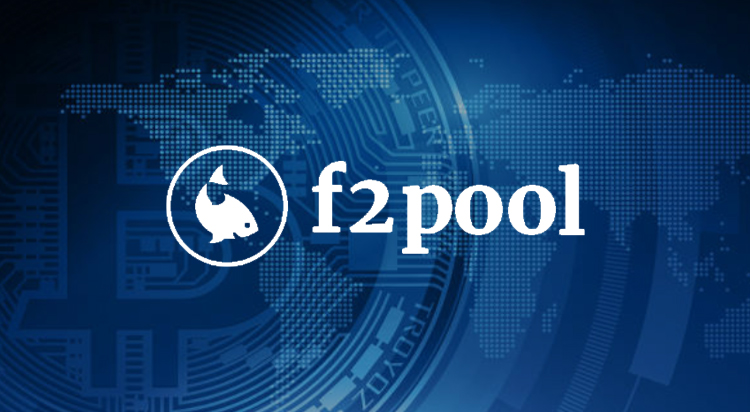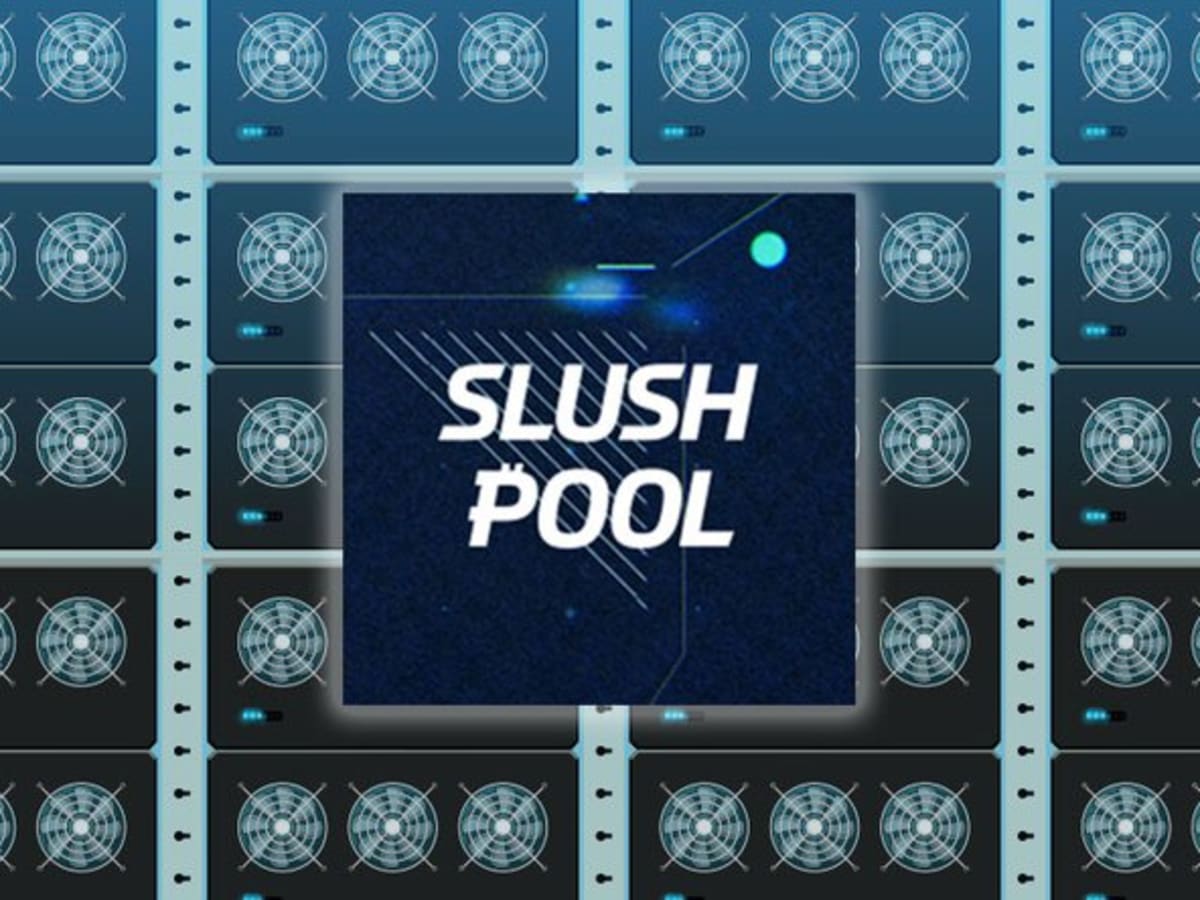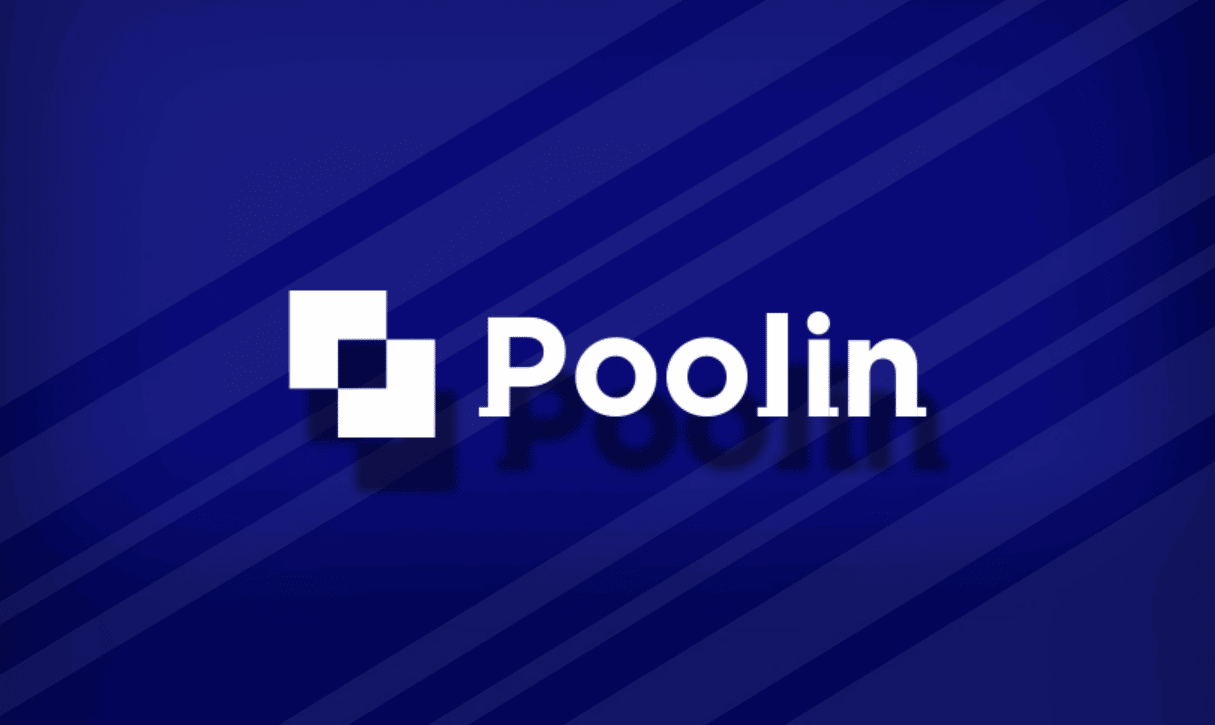Bitcoin mining pools are groups of Bitcoin miners who join forces to combine their computing power and increase their chances of successfully mining Bitcoin. In the Bitcoin network, miners compete to solve complex mathematical problems to validate and add new transactions to the blockchain, and they are rewarded with newly minted Bitcoins for their efforts.
Mining pools allow individuals who do solo mining to pool their resources and work together as a team. When a pool member successfully mines a block, the reward is distributed among the participants based on their contribution to the mining process. By joining a mining pool, miners can receive more frequent and consistent payouts compared to mining individually, where the probability of mining a block is lower due to the increased competition.
Bitcoin Mining pool typically uses a reward distribution method called “proportional” or “pay-per-share.” In proportional mining, the reward is divided among participants based on the number of shares they contributed to finding a block. Pay-per-share (PPS) pools offer a fixed payout for each share submitted by miners, regardless of whether a block is found. This provides a stable income for miners but may have higher fees compared to proportional pools.
Overall, mining pools are a collaborative approach to Bitcoin mining, allowing miners to combine their computational resources and increase their chances of earning Bitcoin rewards.
Understanding the Mechanisms of Pool Reward Splitting
It’s important to comprehend shares before talking about the mining pools’ reward schemes.
By using shares, pool owners can determine each miner’s contribution to the pool. Shares are allotted to miners in proportion to their contribution to the pool as a whole.
Miners can receive compensation from the pool through shares based on their contribution. Be aware that shares are undetectable. They are essentially merely phrases that pool managers use to decide how much to pay pool participants; they have no practical worth.
Accepted shares and rejected shares are two categories for shares. Accepted shares are contributions made to a pool round. A miner’s payback increases with the number of shares they give throughout a round. Shares that have been rejected are works that don’t help uncover new cryptocurrencies. They receive no payment.
Therefore, mining pools may choose from any of the following payment methods depending on the share amount:
Pay-Per-Share (PPS)
Miners receive shares under the PPS model, which can be paid at any moment throughout the hashing process. PPS allows miners to be compensated for valid shares supplied, independent of whether or not a block was solved during their participation.
The pool operators will pay miners from their balance to make payments. Share prices are set here, and miners are frequently informed in advance.
PPS+ awards are a new form of PPS rewards. This solution effectively runs the PPS mechanism alongside the TX fees provided in the block. These TX fees are dispersed in the form of PPLNs (more on this later). The PPS + rewards method decreases the possibility of miners not being rewarded for their contributions to pools.
Sadly, there is a drawback to this plan. In order to cover their risks, pool operators typically charge large fees.
Proportional
This approach distributes awards to members according to their respective shares of the pool’s total shares. The Proportional reward operates in this manner. The more shares you can purchase, the more computer power you have, and the longer you mined to obtain the block.
Score-Based
The goal of the score-based payment system was to minimize pool hopping. Your computing power and mining time are calculated by pool operators in this case, and they combine them to produce a “scoring hash rate” score.
Therefore, the longer you participate, the better your score will be and the value of the shares you receive will increase. When you stop mining, both your score and the value of your shares decrease. Miners are paid when they discover a block.
Pay Per Last N Shares (PPLNS)
Only during a predefined “window,” which closes with the securing of a block, do miners in PPLNS receive payment for the shares allotted to them.
Shares owned outside of this timeframe do not receive rewards, unlike other payment plans. In this plan, windows could be described as a period of time or as a specific number (N) that indicates the miner’s most recent share allocation up until the block’s solution.
Only the final billion shares, for instance, will be compensated when a block is discovered if N equals 1 billion. If N isn’t defined, it’s often set as a constant and a multiple of mining difficulty.
With PPLNS, miners can either receive no incentives if they do not receive any shares within the range, or they can receive higher payments if they obtain more shares in the most recent N shares.
7 Best Bitcoin Mining Pools
It is best to join a Bitcoin mining pool that rewards miners with the highest hash rate when you have the best and most recent mining hardware for that algorithm and cryptocurrency. Otherwise, if you have an out-of-date device with a low hash rate, your chances of winning rewards or having your hash rate accepted are less favorable.
F2Pool

Being among the best mining pools for mining Bitcoin and other cryptocurrencies, F2Pool began its mining operation in 2013. The pool can be used for merged mining, which is the process of mining several cryptocurrencies on various blockchains. Free money can also be obtained by mining Bitcoin using a pool.
The fact that F2Pool supports mining in various cryptocurrencies is one of its biggest advantages. These consist of Litecoin, Ether, and ZCash. The payout threshold for the pool’s daily automatic payout is 0.005 BTC, nevertheless.
With an 18.26% share of the overall Bitcoin mining pool hash rate, it is now the largest Bitcoin mining pool.
Features:
Over 1,000,000 pieces of mining equipment from across the world are used to host mining for users. There are numerous more pools for cryptocurrencies other than Bitcoin, such as Eth, Litecoin, BCH, Ravencoin, Ravencoin Classic, 40 proof-of-work cryptocurrencies, and so on. Mining activities may be tracked using mobile apps for iOS and Android. Payouts can be customized.
BTC pool hash rate: 30.60 EH/s
Payout thresholds: A minimum of 0.005 BTC is required to receive daily rewards.
Payment method: PPS+ (Pay Per Share+).
Fees: 2.5% of your rewards will be deducted as commission.
PEGA Pool

Like other mining pools, PEGA is among the best Bitcoin mining pool in terms of revenue per TH in profitability.
PEGA Pool is an eco-friendly Bitcoin mining pool situated in the United Kingdom. PEGA Pool has the industry’s greatest revenue per TH.
It is open to all miners, large and small, and charges 1% for miners who use renewable energy and 2% for miners who use non-renewable energy. PEGA Pool reduces the carbon footprint of miners who use nonrenewable energy by planting trees; to date, 222,671 trees have been planted, offsetting 5,930 tonnes of CO2.
.https://twitter.com/PEGA_Pool/status/1659169706492719105
Features:
UK-based
Most revenue per TH
Eco-friendly, with miners who use renewable energy sources receiving a 1% charge.
Reliable Bitcoin mining pool infrastructure strategically located in key places throughout the world to provide consistent uptime and availability.
An interface that is simple to use
Excellent live chat assistance
BTC Pool Hashrate: 2.97EH/s
Payout limits: 0.005 BTC
Payment method: FPPS
Fee: 1% if renewable energy is used. 2% rely on nonrenewable energy sources.
Slush Pool

One of the largest and oldest Zcash and Bitcoin mining pools, Slush Pool has over 15,000 users mining Bitcoin and 760 users mining Zcash.
In Europe, the USA, Canada, Singapore, Japan, and Russia, the company operates mining pool servers for Bitcoin and Zcash. For auto-tuning to increase mining hash rates and reduce power consumption on various miner equipment, they offer proprietary software known as Braiins OS+.
Features
Real-time monitoring of advanced mining.
Use the mobile apps for iOS and Android to get notifications on your mining activity.
Daily cryptocurrency mining news.
Choose the payment schedule.
Pool Size: Medium-Large
BTC pool hash rate: 12.33 EH/s
Active Workers: 191 725
Pool fee: 2%
Minimum payout threshold: 0.001 BTC
Payout Frequency: Daily
Supported Platforms: PC, Web, iOS, Android
Antpool

With a 14.3% share of the Bitcoin mining hash rate, Antpool is the second-largest Bitcoin mining pool. You can use it to mine BCH, LTC, ETH, ETC, ZEC, and DASH, among many other cryptocurrencies and tokens in addition to Bitcoin.
The default minimum payout for Bitcoin mining is anything above 0.001 BTC, and the daily profit per Terra hash is $0.3405. A multi-crypto mining pool, that is.
Features
Pool Size: Medium
BTC pool hash rate: 30.5EH/s
Pool fee: 4% for PPS+ & 0% for PPLNS
Minimum payout threshold: 0.005 BTC
Payout Frequency: Daily
Supported Platforms: PC, Web, iOS, Android
Poolin

Feature
The mining pool has 2,358,175 total workers that are now mining BTC, but it also gives customers the option to mine 10 other cryptocurrencies. Additionally, it gives each miner’s price, hash rate, power usage, 24-hour revenue, and other information, as well as a clear miner profitability ranking.
Pool Size: Large
BTC pool hash rate: 23.59 EH/s
Pool fee: 2.5% FPPS
Minimum payout threshold: 0.005 BTC
Payout Frequency: Daily
Supported Platforms: PC, Web, iOS, Android
BTC.com

Another venerable mining pool that is still popular today is BTC.com. It has characteristics like the FPPS and PP+ sub-categories that Antpool has. Bitmain, the business that created the Antminer ASICS, manages the mining pool.
It offers clear ranking statistics on which users are mining which tokens, as well as information on their power usage, hash rates, electricity costs, fee ratios, daily profits, and 24-hour returns.
Features
For tracking mining activity and statistics, there are apps for Android and iOS in addition to the web app.
Support for multi-currency mining.
Terra Hash’s daily earnings are $0.32.
13.630 EH/s is the Bitcoin mining hash rate.
Profits should be distributed according to the preset earning proportion to various addresses.
Pool Size: Large
BTC pool hash rate: 12.810 EH/s
Pool fee: 4%
Minimum payout threshold: 0.005 BTC
Payout Frequency: Daily
Supported Platforms: PC, Web, iOS, Android
Via BTC

With 16,400 active workers, ViaBTC is one of the top largest mining pools in the world, accounting for 11.44% of the entire BTC mining hash rate. Additionally, it enables mining for Litecoin, Bitcoin Cash, and more than ten other cryptocurrencies. Weather-related pricing variations are available for its mining farms, but there are also solutions with yearly price stability.
You can mine utilizing cloud hash rates, ASICs, CPUs, and GPUs. At 20422.07 PH/s, it has the fourth-highest hash rate of all mining pools.
Features
Multiple-currency wallet.
Multiple-currency pool.
trade for many cryptocurrencies.
CoinEx Smart Chain and decentralized exchange.
Hedging and borrowing in cryptocurrencies.
mining and cloud hash rate trading.
Daily profit from mining one tera hash of bitcoin is $0.319.
Pool Size: Medium
BTC pool hash rate: 20.32EH/s
Pool fee: 4% for PPS & 2% for PPLNS Payment Method
Minimum payout threshold: 0.001 BTC
Payout Frequency: Daily
Supported Platforms: PC, Web, iOS, Android
Conclusion
The best mining pools for Bitcoin are those that handle various cryptocurrencies and have auto-switching algorithms. The payment options are something else you should look into, and the majority of the pools on this list let you select from a variety of options.
The lowest possible fees should be taken into account as well. The possibility of zero-fee mining with Slush Pool’s proprietary Braiins OS software should be taken into consideration.
The majority of the options on the list let you connect CPUs, GPUs, ASICs, or rental hash rates, but none of them offer Bitcoin mining on smartphones.
Joining mining pools like Kano Pools, which emphasize ASICs, makes it more difficult for you to gain shares if you are using a CPU or GPU. Other cryptocurrency pools use varying difficulty algorithms to distribute challenging tasks among stronger and weaker miners, respectively. This offers a reasonable opportunity to get rewarded in the mining pool.





